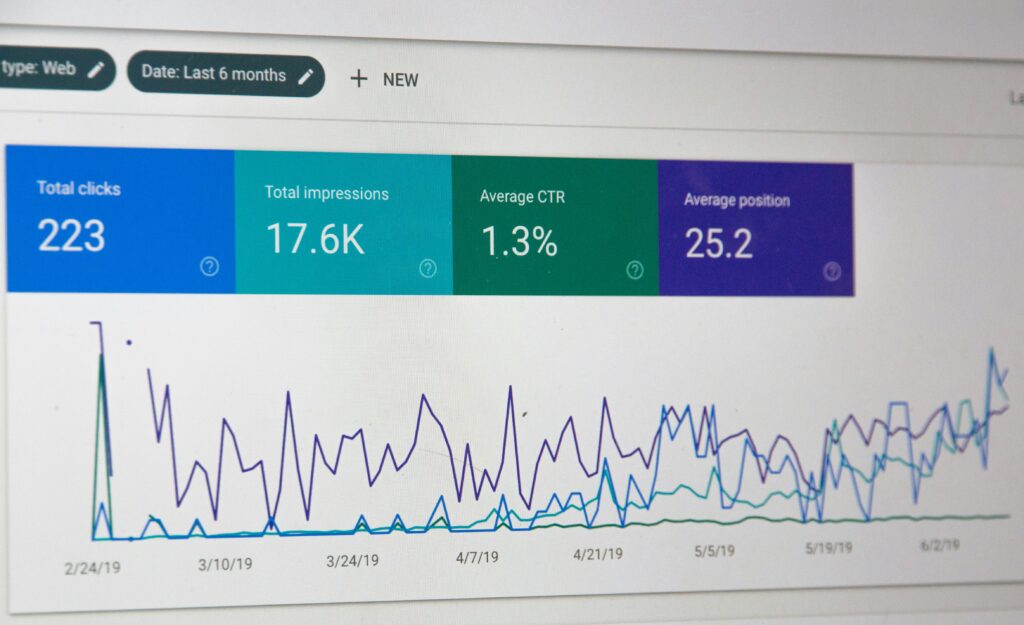google ads, formerly known as google adwords, is Google’s online advertising platform that allows you to advertise your product or services on google’s networks, including search, display, youtube, and more.
It is an effective way of driving relevant and qualified traffic to your website.
these ads typically operate on a bidding system, where you have to set a bid amount and google determines your ad placement based on your bid and other factors, like quality score, ad relevance, landing page experience, keyword competitiveness, ad rank, device targeting, click-through rate (ctr), context of the search, and the expected impact of ad extensions.

google ads: what are google ads & how do they work?
what are google ads?
google search ads
google display ads
google shopping ads
youtube ads
why google ads appear on the serp
google ads costs
how to run paid ads on google
track your google ads performance —
click-through rate (ctr), cost-per-click (cpc), conversion rate, return on ad spend (roas), engagement rate.